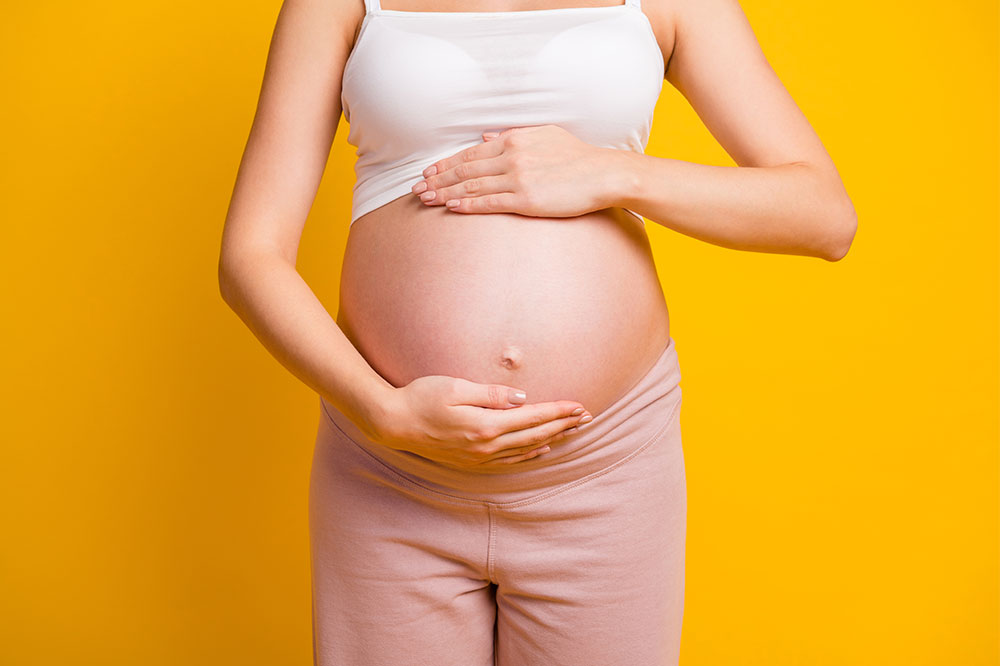Understanding the Stages of Pregnancy: The Three Trimesters Explained
Learn about the three stages of pregnancy, from conception through labor. Understand the physical and hormonal changes during each trimester to stay informed and prepared for this life-changing journey.
Understanding the Stages of Pregnancy: The Three Trimesters Explained
Pregnancy is an exciting journey that varies for every woman, with symptoms evolving throughout the process. Typically lasting around 40 weeks, pregnancy is divided into three stages called trimesters, each bringing unique changes in the mother's body and the developing baby. From fertilization to delivery, understanding these phases helps expectant mothers prepare and stay informed. The first trimester involves initial hormonal shifts, the second trimester often feels more comfortable, and the third prepares the body for childbirth.
Conception and Early Development
Ovulation occurs between days 6-14 of the menstrual cycle when an ovarian follicle matures, releasing an egg after a surge in luteinizing hormone. The egg travels through the fallopian tube to the uterus, where fertilization occurs if sperm is present. The fertilized egg then implants into the uterine lining, marking the start of pregnancy.

The pregnancy journey is split into three main phases, each lasting about 12-13 weeks, with distinct physical and hormonal changes in both mother and baby.
First Trimester (Weeks 1-12)
This initial phase involves significant hormonal adjustments. Early on, women may experience fatigue due to increased progesterone, along with frequent urination caused by a growing uterus pressing against the bladder. Tender and swollen breasts, as well as digestive issues like constipation and heartburn, are common during this period.
Second Trimester (Weeks 13-26)
This trimester is often the most comfortable. Symptoms like fatigue usually decrease, and energy levels may improve. As the uterus expands, a visibly growing belly can cause itching, back pain, and pelvic pressure. Around weeks 16-18, many women feel quickening—the first movement of their baby. The halfway point of pregnancy is typically reached around week 20.
Third Trimester (Weeks 27-40)
In the final stage, the enlarged uterus can cause breathing difficulties and swelling in the feet and ankles. Increased pressure on the bladder results in frequent urination, while back and pelvic pains become more prominent. Additional changes include stretch marks, darkened skin patches, and possible leakage of colostrum. False contractions, known as Braxton-Hicks, may occur as the body prepares for labor. As delivery approaches, the cervix softens and thins to allow for childbirth.
Note:
This article provides an overview of pregnancy trimesters and common symptoms. For personalized advice, consult with healthcare providers. The information shared is for general understanding and may not cover all individual experiences or recent updates.










